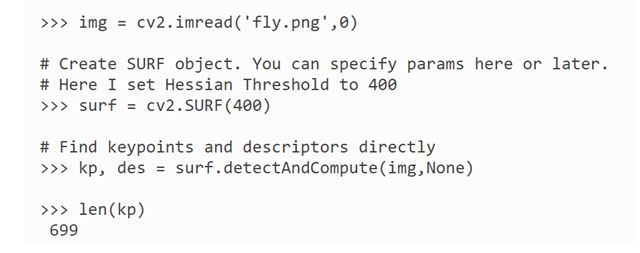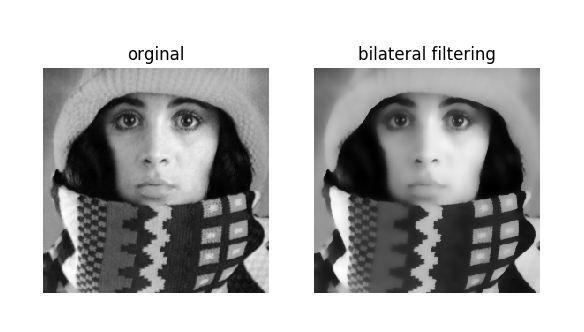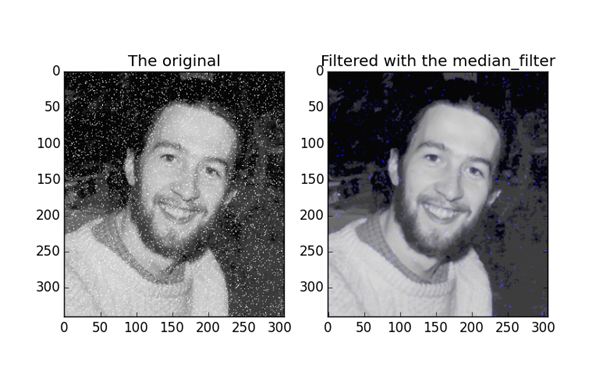
What is SURF? How to implement SURF in Computer Vision?
SURF is the speed up version of SIFT. In SIFT, Lowe approximated Laplacian of Gaussian with Difference of Gaussian for finding scale-space. SURF goes a little further and approximates LoG with Box Filter. One big advantage of this approximation is that, convolution with box filter can be easily calculated with the help of integral images. And it can be done in parallel for different scales. Also the SURF rely on determinant of Hessian matrix for both scale and location. For orientation assignment, SURF uses wavelet responses in horizontal and vertical direction for a neighbourhood of size 6s. Adequate guassian weights are also applied to it. The dominant orientation is estimated by calculating the sum of all responses within a sliding orientation window of angle 60 degrees. wavelet response can be found out using integral images very easily at any scale. SURF provides such a functionality called Upright-SURF or U-SURF. It improves speed and is robust upto . OpenCV supports both, depending upon the flag, upright. If it is 0, orientation is calculated. If it is 1, orientation is not calculated and it is faster.




